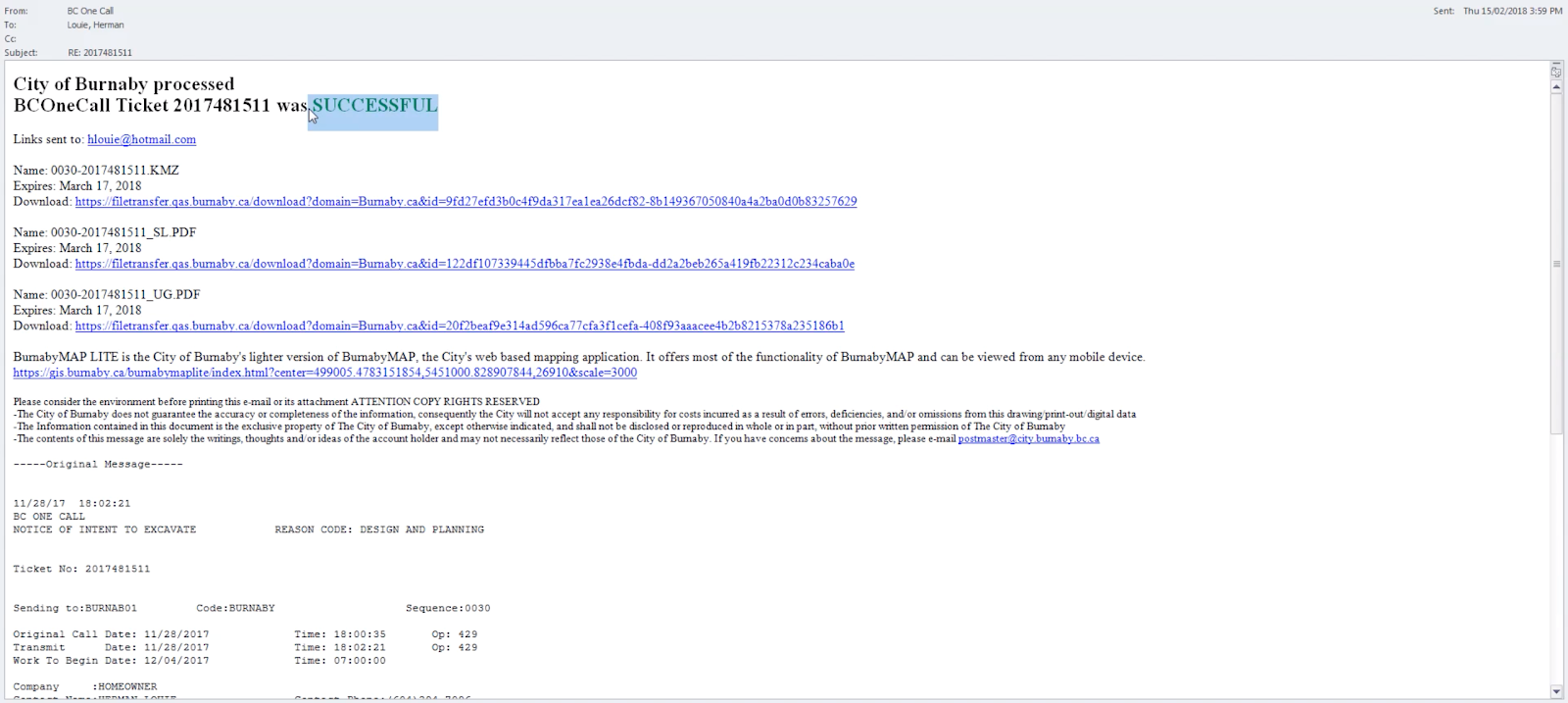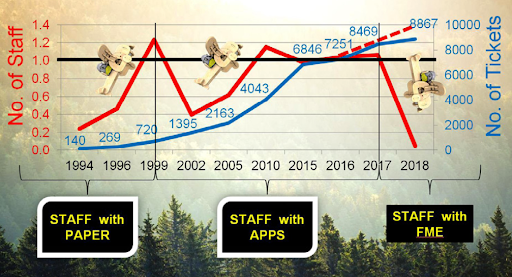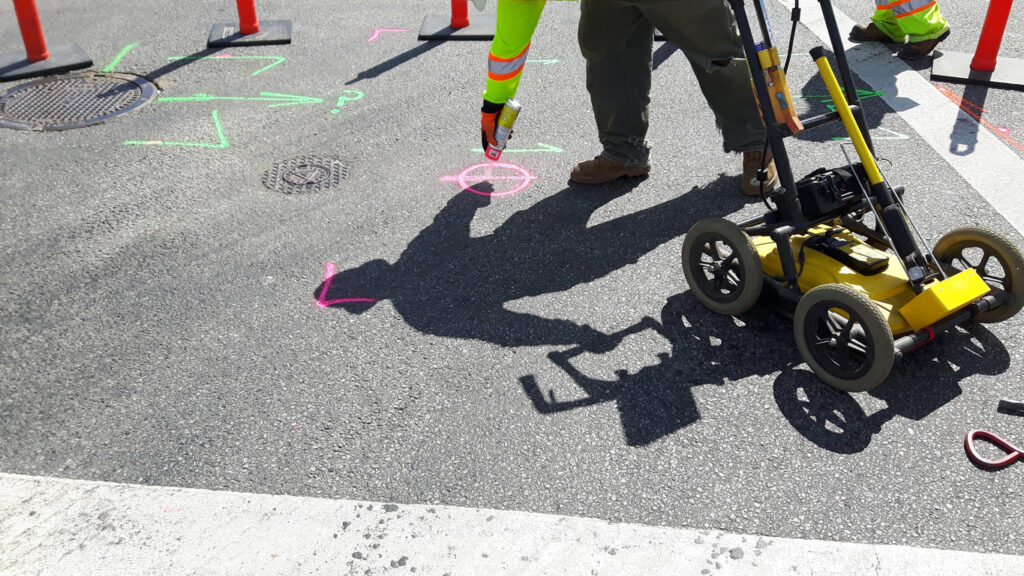For municipal governments, a commitment to economic growth, public safety, and thriving communities is top of mind. This is extremely important as the UN predicts that 68% of the world’s population will reside in urban areas by 2050. As more people settle in urban communities, we can expect to see an increased investment in new initiatives, development and services.
Protecting underground utilities: Out of sight, but not out of mind
When it comes to development–whether it’s a project on personal property or deep excavation at a large construction site–there’s an intricate network of infrastructure below the ground that keeps our cities running. Whenever a homeowner or contractor is looking to excavate, there’s always the risk of ground disturbance to natural gas lines, telecommunications lines, the sewer and water network, and buried cables and conduits.
Damage to underground utilities and infrastructure can result in millions of dollars in costly repairs, cause citizens to be displaced from their homes, or pose significant harm to citizens or city workers. To protect buried utilities and to ensure public safety, many municipalities take proactive action by becoming a member of a “One Call” association to help homeowners and contractors locate what’s beneath or around a site before they dig.
The challenge: Ensuring safety and delivering timely information
As the third largest city in British Columbia, Canada, the City of Burnaby has experienced exponential growth in the past two decades. The total number of requests received throughout the entire year in 1994 was 140, compared to a record number of 102 received in a single day on June 7, 2018. Bound by provincial legislation, the city then has three business days to turnaround an underground information package to the homeowner or contractor.
The goal is to provide as much information as possible about the dig site, including as-built drawings, service line information, the location of underground utilities, and related KML files. When this became unsustainable to manage in the early 2000’s, the GIS team developed in-house apps to help speed up the data gathering process. By 2017, the demand was so significant that packages were now taking 1-2 weeks to fulfill and the team needed more manpower, which would add to rising costs in the long run.
These urgent challenges became clear: how can the city continue to ensure the protection of underground utilities, ensure the safety of its citizens and city crews, deliver accurate and relevant information in a timely manner, while improving operational efficiency?






